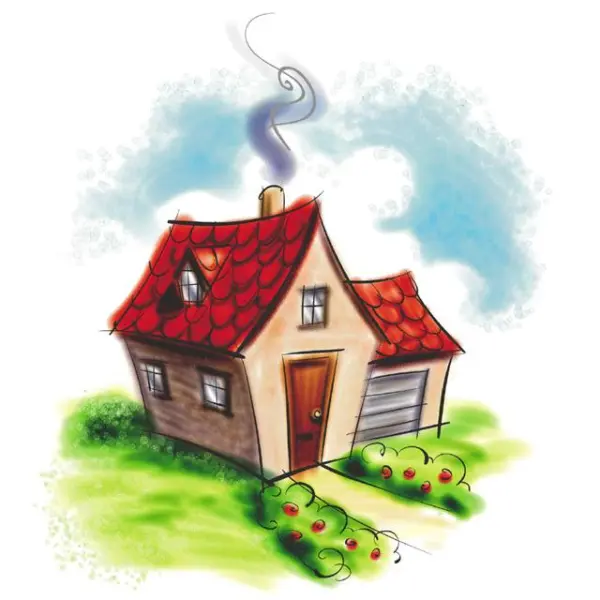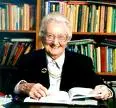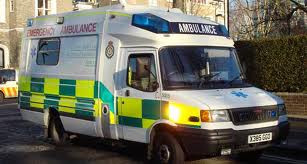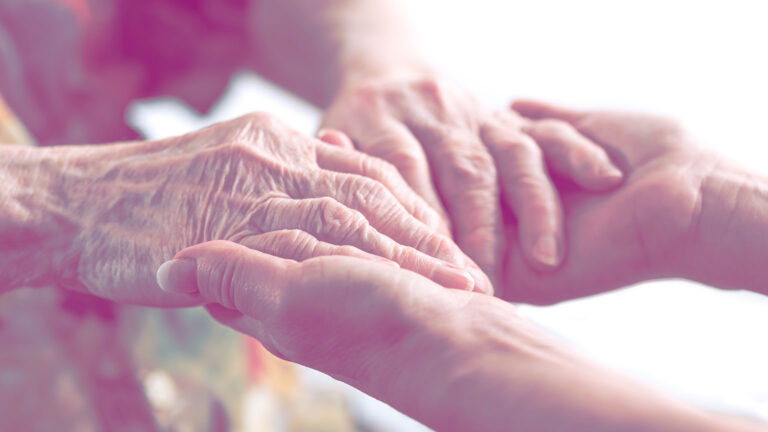Some statistics

Around 500,000 people die in England each year.
Two-thirds are aged 75 and over.
18% Home, 58% Hospital, 4% Hospice , 17% Care Homes, 3% Elsewhere
Towards the End
Generally speaking those who are dying from a terminal or chronic illness will spend most of their final year of life at home, even though many may spend periods of time in hospital or in a hospice.
During these final months, most are cared for by relatives, friends and even neighbours, supported by healthcare professionals working within the community.
Those with cancer are usually supported by Macmillan Nurses, arranged through the GP, who will come to the patient’s home and liaise with the local hospice. The role of a hospice is to find ways of stabilising patients so they can return home again, before they may need to be readmitted for final end-of-life care. When cancer patients choose to die at home, the hospice team do what they can to provide appropriate home-care.
Those at home suffering from chronic illness or who are becoming increasingly elderly usually rely on relatives, friends and neighbours plus support from their GP, District and Community nurses.
Home-Care

Private nursing care is available at a cost. Home-nursing can also be obtained through care agencies funded by the NHS. But the availability of these care agencies does vary from region to region.You would need to talk to your GP about different home-care options and who to contact.
GPs can’t ethically recommend carers though they will discuss options – it’s usually social services who decide on the level of care required.
However, seriously ill patients are more likely to be admitted into hospital or into nursing homes as their health deteriorates, or when they, or their carers, can no longer cope.
Care Homes
Care homes are very different from hospices. They provide long-term care mainly for elderly residents and are either funded through the NHS or privately owned by individuals, company groups, or by large health-care organisations such as BUPA.
Care homes are regulated by the Care Quality Commission(CQC), which is responsible for monitoring the standards of most private, voluntary and local council care services.
CQC inspects all registered care homes to make sure they meet National Minimum Standards, which are set by the Department of Health. The CQC only registers care homes if they meet these standards. There is more on the DirectGov website: www.direct.gov.uk
There are more than 21,500 registered care home, residential homes and nursing homes in the UK. However, because they are run as viable businesses, the quality of care can vary. It’s important to talk through any choices and decisions with your GP and/or your family. Care homes can be expensive. So considerable planning and thought may need to be put towards ways of meeting on-going fees. Sometimes, after a financial assessment, local councils can contribute towards costs.
Most care homes are staffed by qualified nurses and nursing assistants and auxiliaries (often from other countries, working on minimum wage), led by a matron. Support staff may not always have English as their first language. The majority of care homes follow the Government’s end-of-life care strategy, and assess the individual needs of every resident when they first arrive.
Before committing yourself (or a relative) to a care home, try and find out about their end of life care policy. Some care homes do not provide nursing care for the dying. When a patient falls ill the care home tends to send them as emergency cases to hospital. Others do provide end of life, and may use additional supported from district nurses.
Hospices

In 1967 Dame Cicely Saunders, at St. Christopher’s Hospice in London, started the hospice movement to care for dying patients.
Some hospices receive funding from government or the NHS. However the majority hold charitable status, and rely heavily on local support and community fund-raising events. Many auxiliary hospice workers are volunteers.
The hospice philosophy centred around the right of a terminally-ill person to spend as much time as they can at home. Hospice care provides medical, social, emotional, and spiritual to support their patients.
The majority of hospice patients have cancer,although others may have chronic illnesses such as HIV/AIDS and heart and lung disease. Patients can be any age, race or hold different religious or spiritual beliefs.
Hospice nurses are usually qualified nurses who have chosen to work in hospice care. These nurses carry out traditional nursing care duties such as recording symptoms, administering medication, and working closely with doctors in order to minimize physical pain and discomfort and to make the last few weeks and days for patients as comfortable as possible.
An equally important area is to provide emotional support to those in their care, with the knowledge that they are dying. Therefore hospice nurses often spend time providing home-care, talking to relatives or liaising between families and medical professionals. They may also work alongside social workers, and other carers.
Most hospices have a day centre facility which helps them build up a rapport with patients in the early stage of their illness (and give carers a break)
What Happens in an Emergency?
Dr Adrian Clarke, GP

In the interests of demystifying death, here are the current recommendations used by the Dorset Ambulance Service when certifying death (it is now legal for “any competent person” to confirm that death has occurred).
This is different from certifying the cause of death, of course, which is a strictly medico-legal procedure.
If the ambulance is called as an emergency to a dying or dead patient the crew must confirm ALL of the following to confirm occurrence of death (and be in a position to leave the body where it is found).
• Patient collapsed more than 15 minutes prior to the arrival of ambulance
• No evidence of bystander cardiopulmonary resuscitation
• No pulse (measured over 30 seconds)
• No respiratory effort (measured over 30 seconds)
• Fixed and dilated pupils (not constricting when a bright light is shone into them)
• Absent heart sounds (as heard by stethoscope)
• 30 seconds of ECG heart tracing showing no electrical activity
There are exceptions: if ANY of pregnancy, drowning, hypothermia or overdose are suspected, emergency resuscitation and removal to hospital must be attempted.
The duty to resuscitate as above can be overridden by a DNR (Do Not Resuscitate) order issued by a doctor or a Living Will made by the patient.
For a DNR order to be valid it must relate to the patient’s current condition and have been made by a doctor (though it can be communicated to the ambulance crew by other health care staff). (It would be quite unethical for the medical profession to enact a DNR order without consultation and agreement with the patient’s family).
For a living will or advance decision to be valid it must relate to the patient’s current condition and have been witnessed, preferably in writing. The patient must have been at least 18 years old and mentally competent when it was drawn up. It does not necessarily have to be with the patient at the time of the emergency but it is very important to register it with your GP and for relatives and even friends to have a copy.
If there is any significant doubt the ambulance crew will provide all clinical care, including removal body.
















